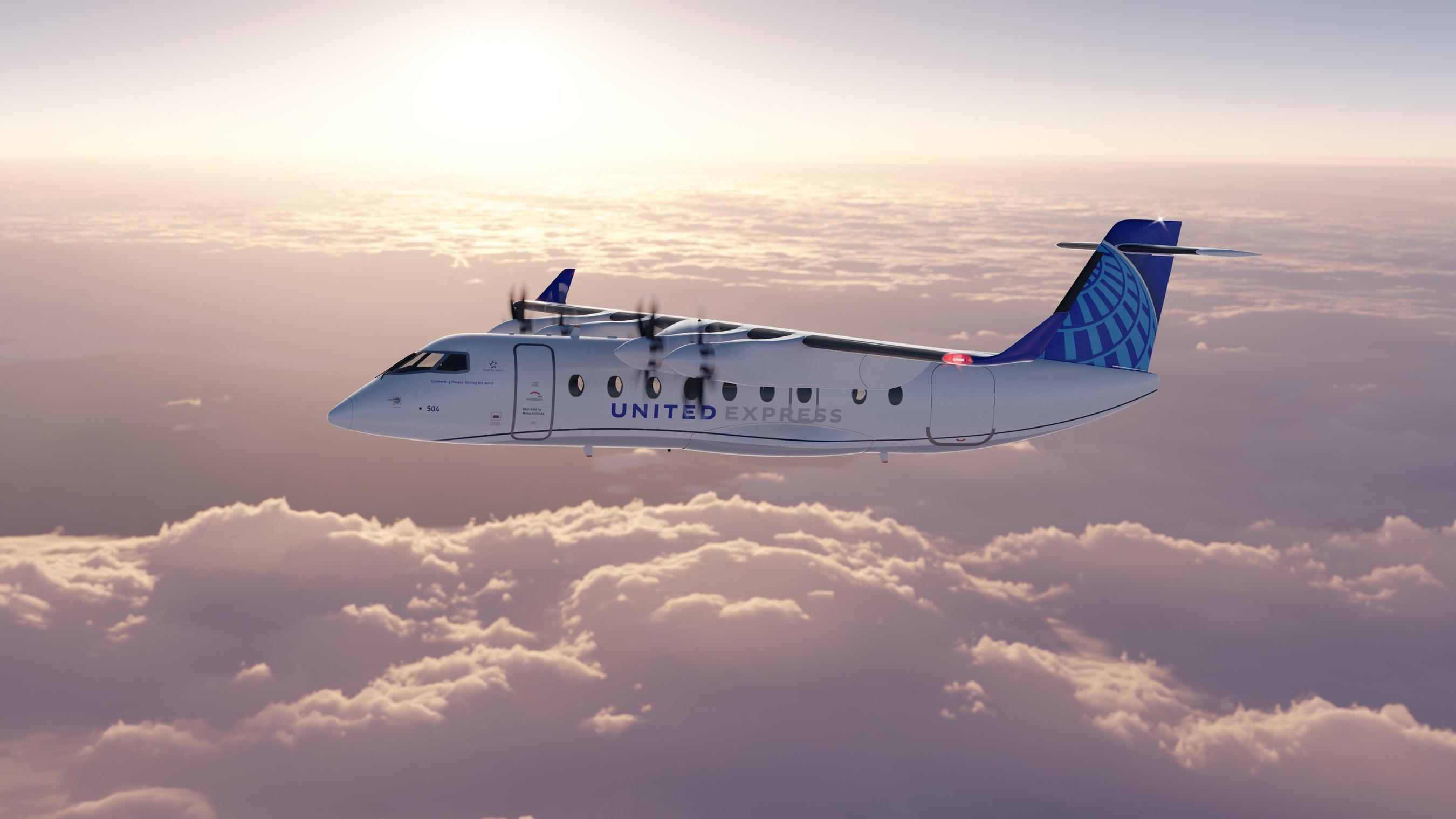This Week’s Featured Link
‘The volumes are beyond anything we have ever seen’: Delta hold times won’t improve until fall – USA Today
This is fantastic. On the earnings call, USA Today’s Dawn Gilbertson asked Delta how people should reach the airline considering its phone hold times are crazy long and it stopped responding to Twitter direct messages. CEO Ed Bastian said people can email him. Seriously. Now presumably he has another email address that he actually uses, but he must have a team responding to ed.bastian@delta.com. So, give it a shot and see if you get a response. If this is what the airline is resorting to, it’s got problems.
Image of the Week

Two for the Road
Spirit’s network chief explains the airline’s 11-destination mid-pandemic growth spurt – TPG
Here’s a good interview with Spirit’s VP of Network Planning John Kirby about the airline’s network strategy.
Los Angeles Sues FAA Over Burbank Airport’s New Terminal – San Fernando Valley Business Journal
Absolutely brutal. Burbank has been trying to build a new terminal for decades, and now the city of LA feels like making it another few decades.
